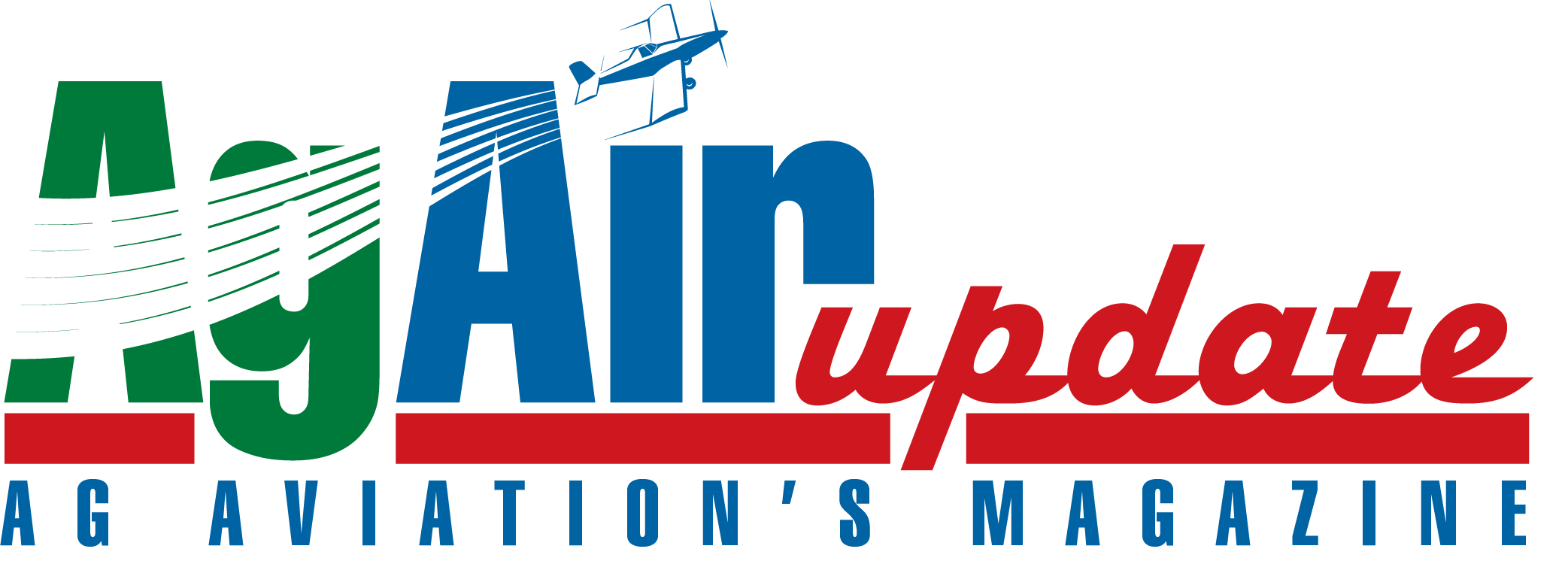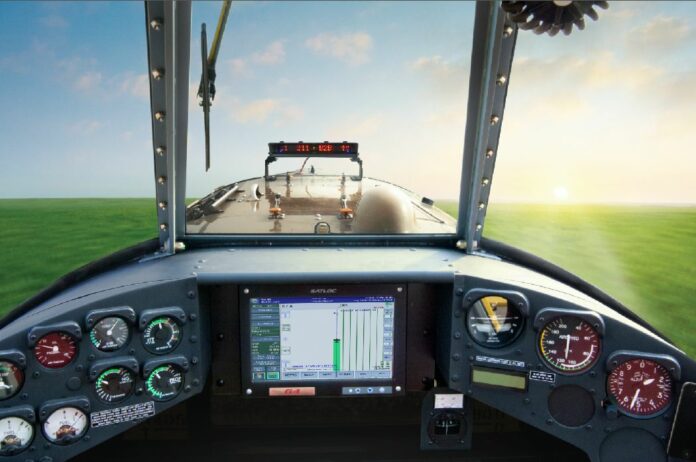It’s so exciting to celebrate the 100th year of agricultural aviation this year. Recently I came across an older article written by Jim Marvin (2005) from “The Sentinel.”
He wrote “When the first ‘cropduster’ dusted a batch of Catalpa sphinx moths on Aug. 31, 1921, from a World War I surplus Curtiss ‘Jenny,’ the Ohio pilot was flying by the seat of his pants and making history. Armed only with good eyes, a compass and flaggers, the pilots were expected to drop their loads in the correct place, at the correct time and in the correct amount. In the late 90s, pilots such as Roger Hewett, of Blair Air Service of Lemoore, changed crop dusting forever by using the GPS (Global Positioning System) to find their way to find the exact spots where they needed to be. With GPS – boosted by an on-board guidance system, which corrects the GPS signal from yards to inches – pilots knew exactly the wind and plane speed and what’s been sprayed and what still needs an application.”
I’ve always loved technology and the ability to improve workflow. Although it’s been a long time coming, I’m so proud that our GPS systems are working toward wireless technology. (Basically, no more thumb drives).
Agpilotx was one of the first (to my knowledge) to introduce the iPad in the plane where you can open a shape file (polygons) from Chem-Man and import it into their GPS system. The applied log data can then be transferred back in an email and uploaded to overlay the map. The ability to get your shape files remotely has been received very well!
We have also been working with Satloc with their G4 systems that have modem capabilities and have now released the ability to wirelessly transfer the shape files at the click of a button. Their official announcement of the wireless interface is June 1. However, we’ve had several customers get on board and love their new work flow.
There are so many options in the plane that my goal is to keep things as simple as possible. We’re working toward a workflow that will minimize the pilot’s interactions to as few buttons as possible. Also bringing more information back will be essential. This will also allow our operations to give shape files to our growers with much more information that many are starting to ask for. It’s coming and it will help change our industry. I can’t wait!
Speaking of anniversaries, Chem-Man will also be celebrating our 30th anniversary next year. Besides making so many friends, I’ve really enjoyed watching the advanced evolution of technology throughout the years. From the days of DOS and floppy disks, to the days of wireless technologies, we’ve come a long way. I can’t wait to see what the future holds!





